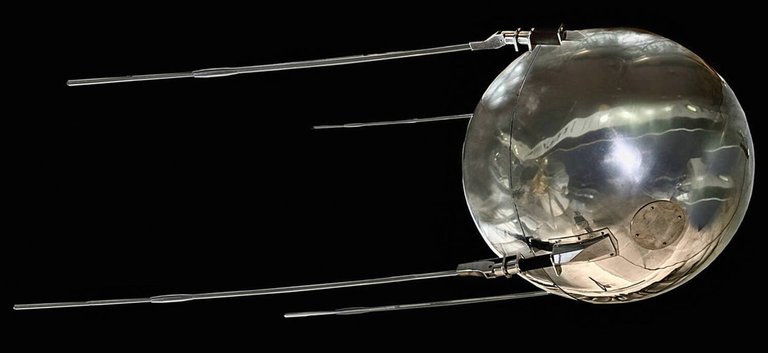Space
Cold War in the Stars
On October 4, 1957, the Soviet Union launched the first human-created object to orbit the atmosphere of planet Earth. It was Sputnik-1, which lasted six months before crashing. For 22 days, until October 26 of that year, the artificial satellite transmitted small radio signals, basically "beeps" monitored by experts and radio amateurs. The Space Race, which for decades brought together intense efforts from both the Soviets and the Americans, was officially underway.

In addition to small radio signals, Sputinik-1 also carried out important studies of the properties of the atmosphere, the effects of microgravity and solar radiation, which paved the way for the first flight of a living being off the planet (the dog Laika, in 1957), and the first manned mission (Yuri Gagarin, in 1961) — undoubtedly the first major media achievement of the space race efforts.
Since the success of Sputnik, global powers have become involved in a dispute over the sovereignty of space research, in dramatic events that were only brought to an end after the end of the Cold War. In recent decades, the space race has changed its shape: it is no longer seen only as a piece of ideological propaganda and a source of scientific study, but also as a potential market, which has also gained the company of companies in search of profits and resources. It is no coincidence that experts see that we are experiencing a new space race, the results of which are still unclear.
Like many of the technologies that became popular in the 20th century — such as the internet and smartphones — the space race and the launch of spacecraft were a military initiative. The large rockets that transport artifacts and humans into space are direct heirs of the large ballistic missiles that were created as a weapon of deterrence, such as nuclear warheads. The first satellites were also prototypes of spying devices that could not be avoided.
Even before the end of World War II, the famous Nazi scientist Wernher von Braun, considered the father of V2 rockets and intercontinental ballistic missiles, negotiated his own surrender to the United States government. Along with more than 500 rocket scientists and researchers, the German was secretly taken to the country, where he received US citizenship. It was called Operation Paperclip, which welcomed more than 1,600 German scientists, engineers and technicians into North American services, including former leaders of the Nazi Party.
The Soviets undertook a similar operation, known as Operation Osoaviakhim, when they relocated more than 2,500 German engineers and secret research equipment to areas controlled by the Soviet Union after Germany's surrender in 1945, but without giving them new citizenship.